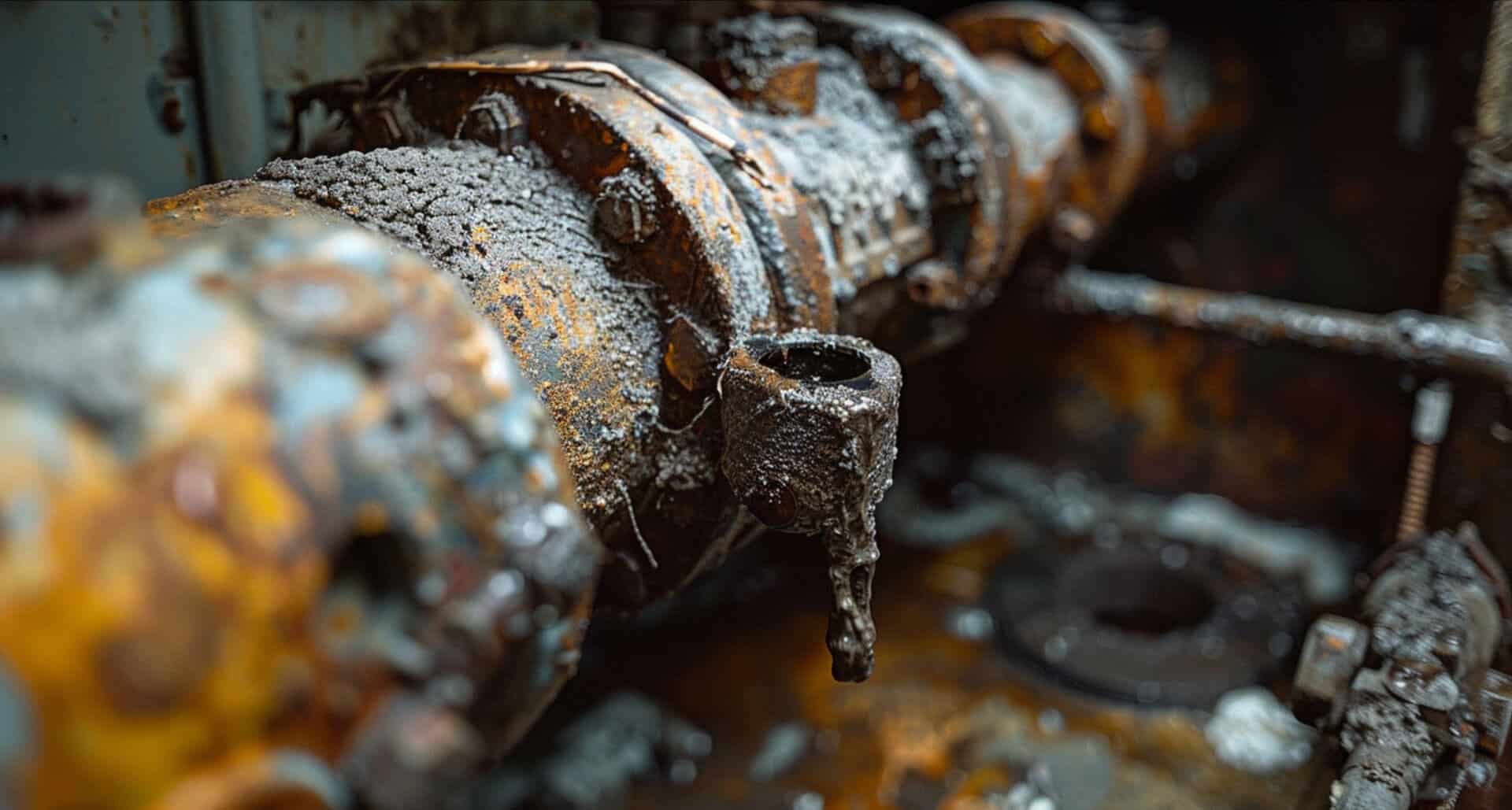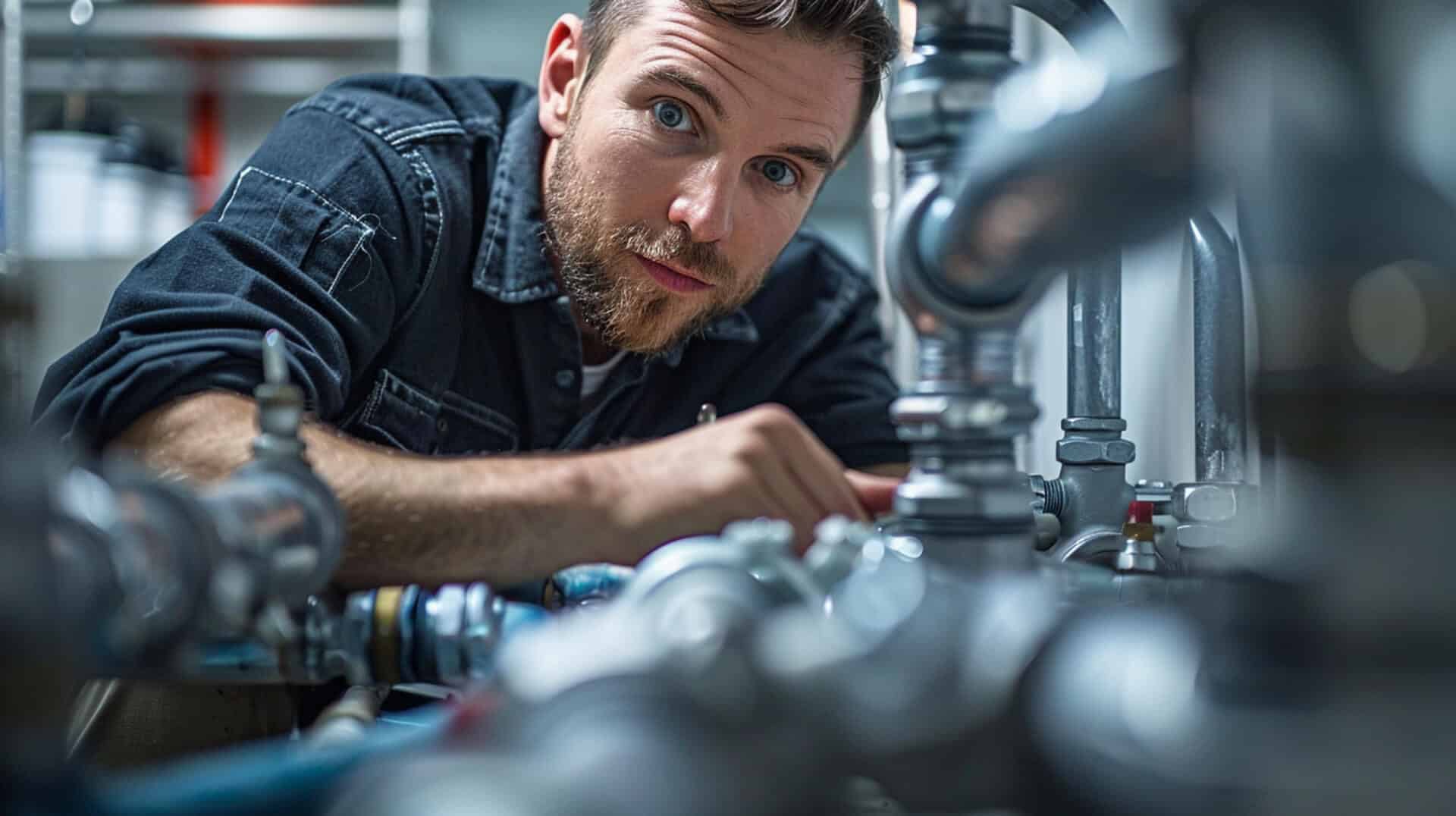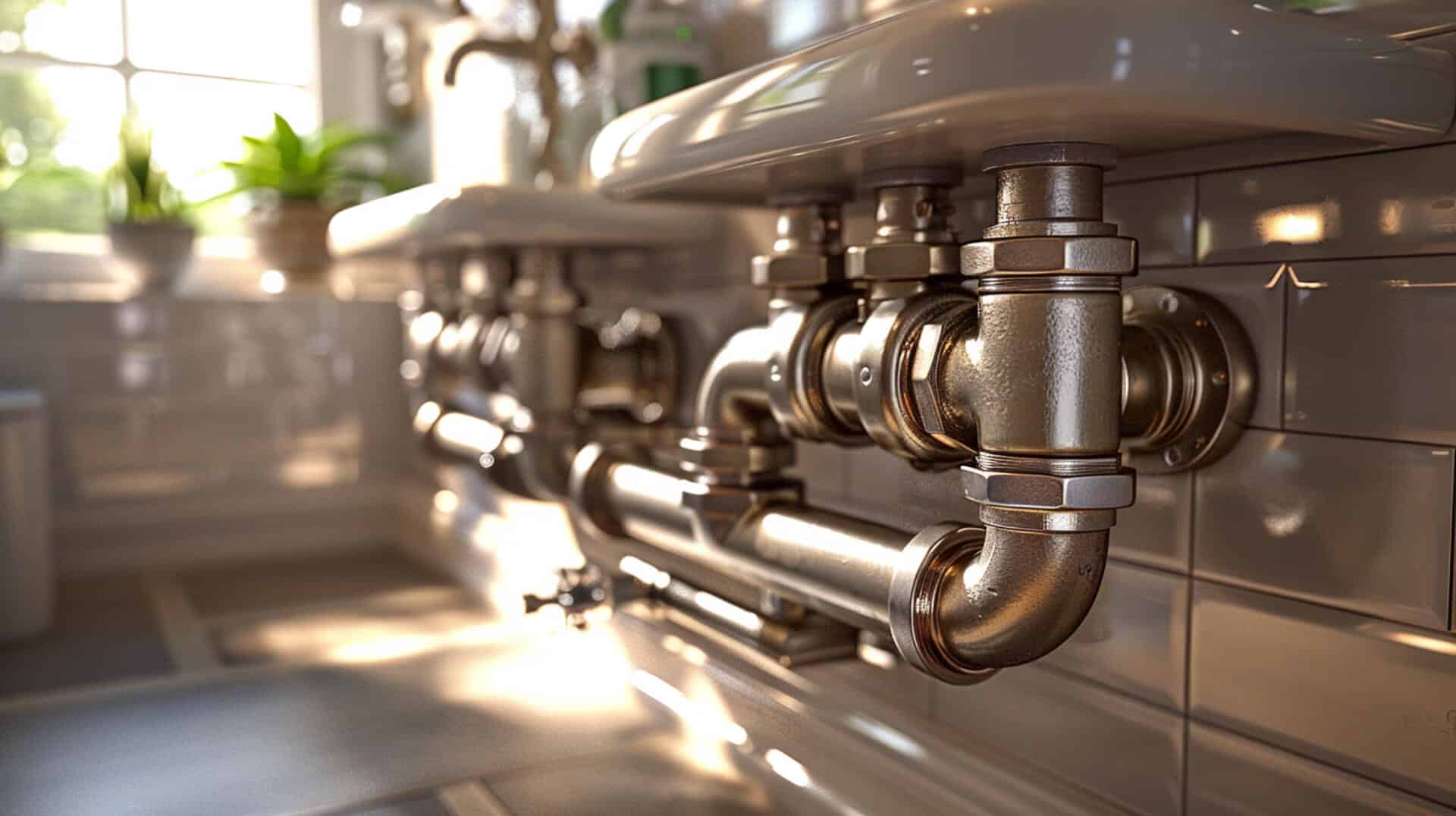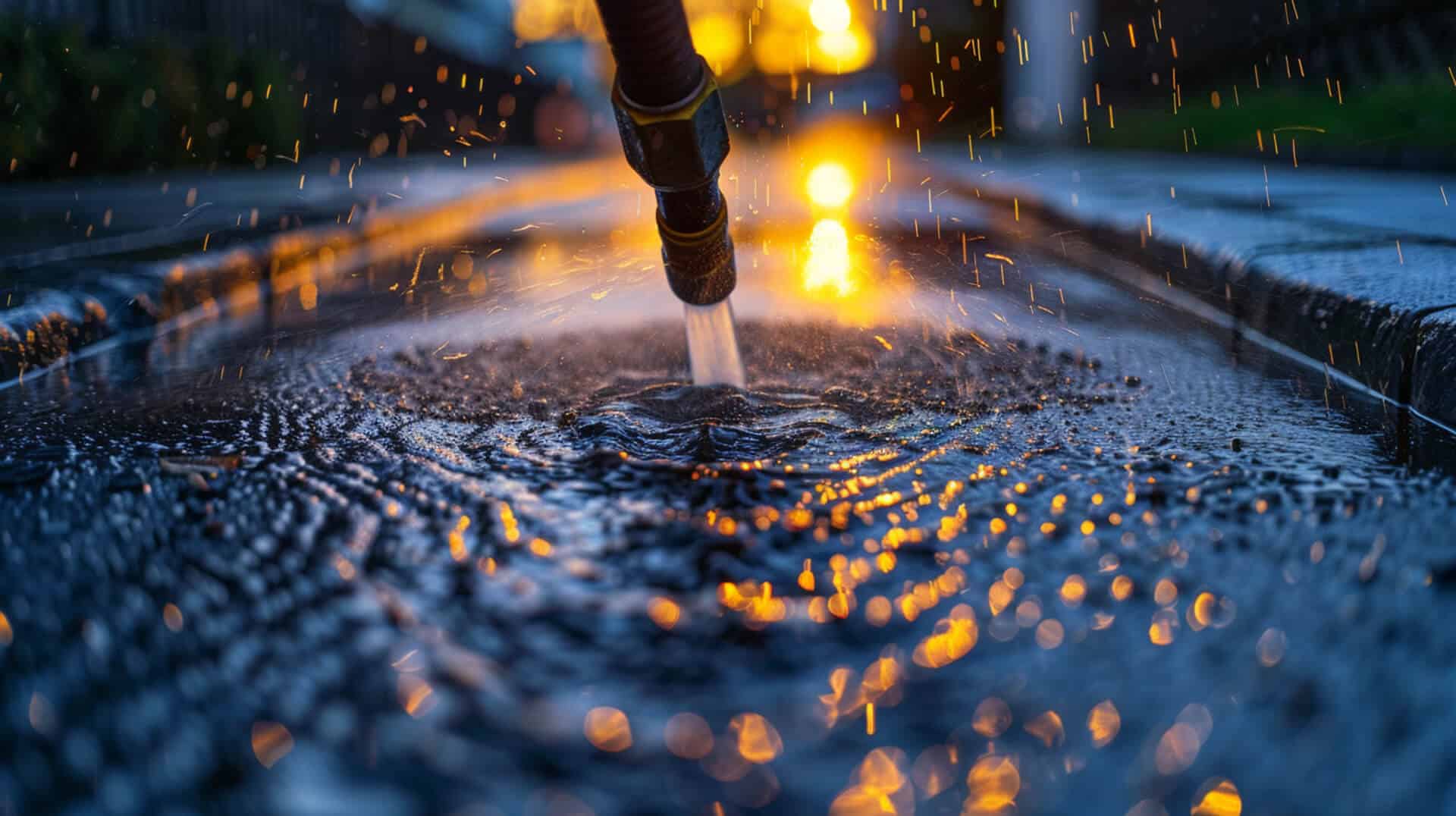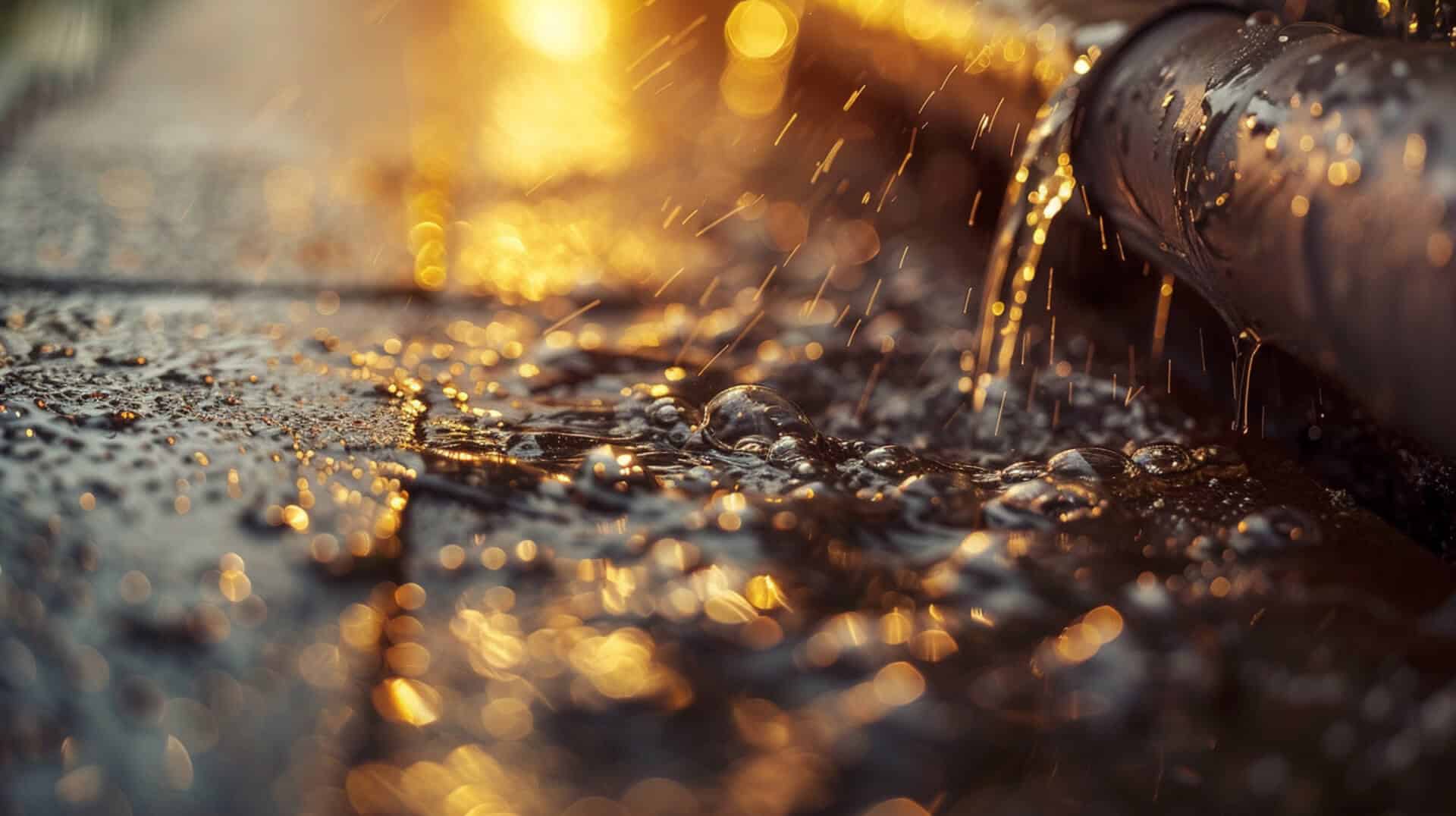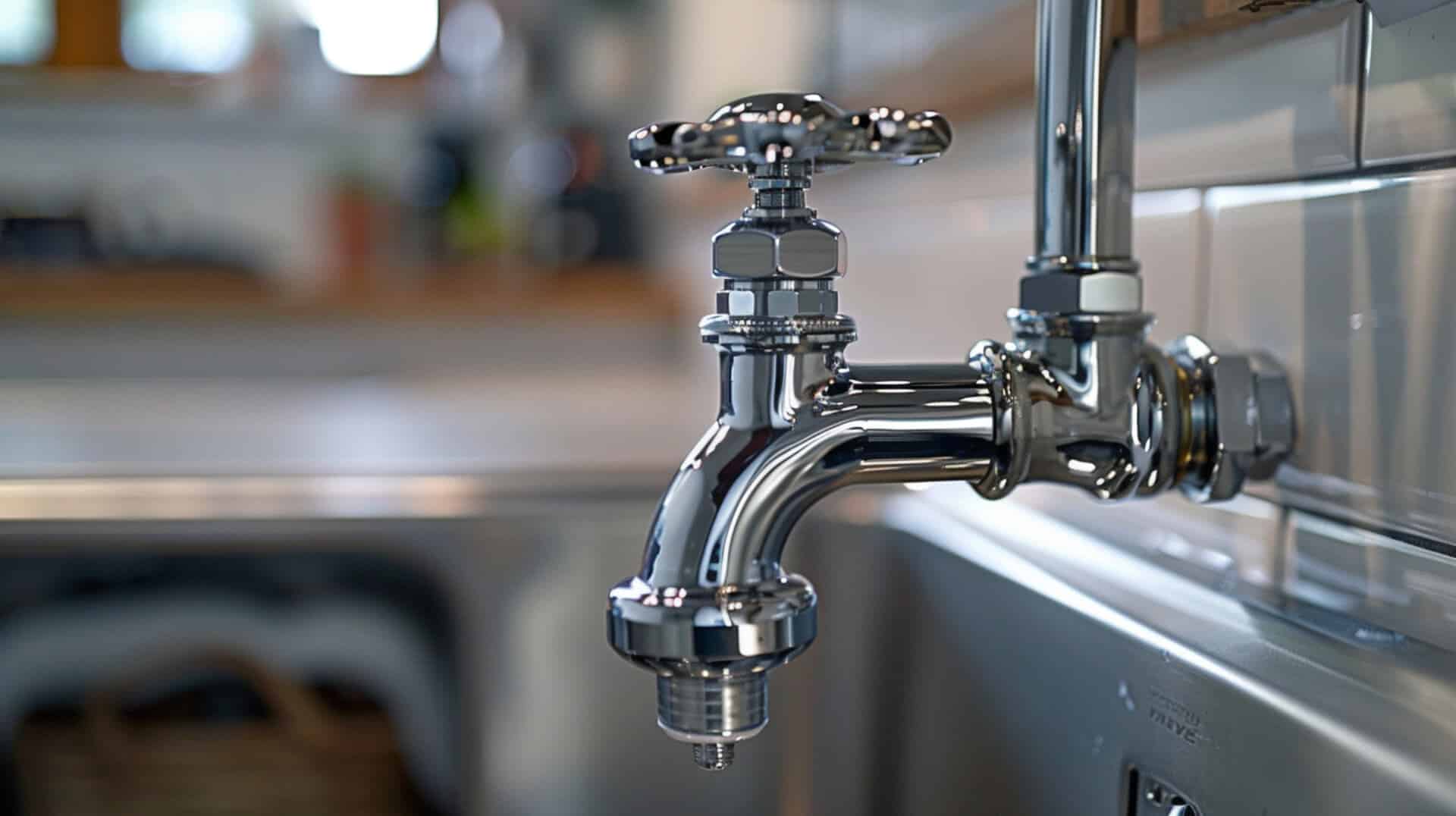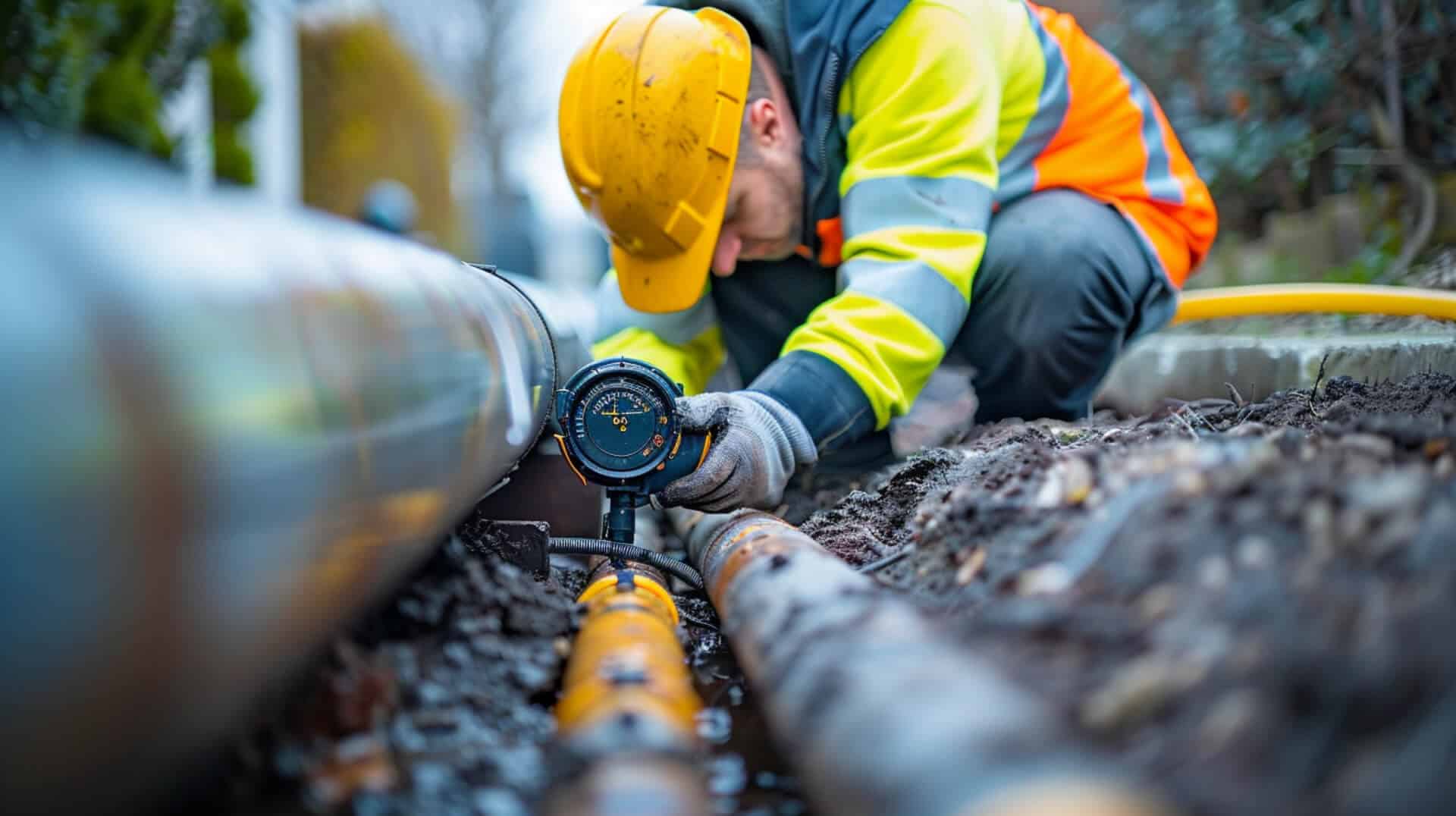 What Is Drain Pipe Rehabilitation And Lining
What Is Drain Pipe Rehabilitation And Lining

Drain pipe rehabilitation and lining is a modern approach to maintaining and repairing existing drainage systems without the need for extensive excavation. This process is essential for preserving the integrity of property infrastructure and ensuring efficient waste and water management.
Why Drainage System Maintenance Is Vital
A functional drainage system is critical to prevent water damage, soil erosion, and structural issues within a property. Neglecting the health of these systems can lead to costly repairs and significant disruptions.
Indications for Rehabilitation and Lining
Property owners should consider drain pipe rehabilitation and lining when facing recurrent blockages, leaks, or signs of pipe deterioration. These symptoms suggest underlying issues that could escalate without timely intervention.
Contributions to Property Management
Rehabilitation and lining of drain pipes contribute to the longevity of the drainage system, offering a cost-effective and less disruptive alternative to traditional pipe replacement. By choosing this method, property managers can ensure the continued operation of their systems with minimal impact on the property’s daily activities.
Recognising the Need for Rehabilitation and Lining
When your property’s drainage system begins to falter, it often sends distinct signals that should not be ignored. Understanding these signs is crucial for maintaining the integrity of your infrastructure and preventing more severe issues.
Common Indicators of Drainage System Failure
Several symptoms may indicate the need for drain pipe rehabilitation and lining:
- Unpleasant Odours: Persistent foul smells emanating from your drains can suggest blockages or breaks in the pipe where waste accumulates.
- Gurgling Noises: These sounds may be a sign of trapped air in the pipes due to clogs or improper venting.
- Wet Floors: Unexplained moisture or water pooling around floor drains can signal a leak or backup in the system.
The Importance of Timely Intervention
Addressing these early warning signs promptly can prevent the escalation of damage. Neglecting them could lead to:
- Increased Repair Costs: As issues worsen, the complexity and expense of repairs can rise significantly.
- Property Damage: Ongoing leaks and backups can cause structural damage to your property, leading to costly renovations.
- Health Risks: Moisture and sewage problems can create health hazards by fostering mould growth and spreading contaminants.
By recognising and acting upon these indicators, you can ensure the longevity of your drainage system and safeguard your property against the long-term consequences of drainage failure.
Innovative Technologies in Drain Pipe Rehabilitation
The rehabilitation and lining of drain pipes employ a suite of advanced technologies designed to restore pipe integrity with minimal disruption.
CCTV Inspection for Accurate Assessment
Closed-circuit television (CCTV) inspections are a cornerstone of modern drain pipe rehabilitation. This technology allows for a detailed internal view of the drainage system, enabling accurate identification of issues such as blockages, cracks, and misalignments.
- Diagnostic Precision: CCTV cameras provide real-time feedback, ensuring precise diagnostics without excavation.
- Pre-Rehabilitation Evaluation: Technicians can assess the pipe’s condition to tailor the rehabilitation process effectively.
No-Dig Technology for Less Disruption
No-Dig or trenchless technology is increasingly favoured for its less invasive approach to pipe rehabilitation.
- Surface Preservation: This method avoids the need for extensive digging, preserving the property’s surface and reducing restoration costs.
- Efficiency: No-Dig techniques are typically faster than traditional methods, minimising downtime for your drainage system.
Enhancements from Robotic Cutters and High-Pressure Water Jets
Robotic cutters and high-pressure water jets play a pivotal role in preparing pipes for lining.
- Robotic Precision: Robotic cutters remove obstructions and smooth the pipe interior to ensure an optimal surface for lining.
- Thorough Cleaning: High-pressure water jets clean out debris, ensuring the lining adheres properly and functions as intended.
These technologies collectively streamline the rehabilitation process, ensuring that your drainage system is restored with efficiency and care.
Selecting Materials for Drain Pipe Lining
The materials used in drain pipe rehabilitation and lining are pivotal to the process’s success, offering durability and environmental benefits.
Durability of Lining Materials
In the rehabilitation of drain pipes, two materials stand out for their robustness and longevity:
- Glass Reinforced Plastic (GRP): Known for its strength and corrosion resistance, GRP is a composite material frequently used in pipe lining.
- Epoxy Resin: This thermosetting polymer creates a seamless and durable lining inside the existing pipe, effectively sealing leaks and preventing future corrosion.
Importance of Material Choice
The selection of materials is critical for several reasons:
- Compatibility: Materials must be compatible with the existing pipe material and the substances that flow through it.
- Longevity: The chosen materials should provide a long-term solution, reducing the need for frequent repairs.
- Performance: High-quality materials ensure that the rehabilitated pipe can withstand the daily demands of the drainage system.
Eco-Friendly Materials
Using certified and eco-friendly materials in pipe lining offers significant environmental advantages:
- Sustainability: Eco-friendly materials reduce the environmental footprint of the rehabilitation process.
- Certification: Materials that meet industry standards ensure that the rehabilitation process aligns with environmental regulations and best practices.
By utilising these materials, the rehabilitation process not only restores pipe functionality but also contributes to a more sustainable approach to infrastructure maintenance.
Step-by-Step Process of Drain Pipe Rehabilitation
The rehabilitation of drain pipes is a meticulous process that restores the functionality of existing drainage systems without the need for extensive excavation. This section outlines the sequential steps involved in the rehabilitation and lining of drain pipes.
Initial CCTV Inspection
The process begins with a CCTV inspection, a non-invasive method that provides a detailed internal view of the drainage system. Technicians navigate a camera through the pipes, recording footage that helps identify any damage or obstructions.
- Assessment: The footage is analysed to determine the extent of damage and the most suitable rehabilitation method.
- Planning: Based on the assessment, a customised plan is developed for the rehabilitation process.
Preparatory Steps
Before the lining can be installed, the pipes must be prepared to ensure the lining adheres correctly and functions effectively.
- Cleaning: High-pressure water jets and robotic cutters are used to clean the pipes and remove any debris or obstructions.
- Surface Preparation: The pipe interior is prepared to create a smooth surface for the lining material to bond.
Installation and Curing of the Lining
The lining material, typically a resin-saturated felt tube, is inserted into the pipe. It is then expanded and cured to form a tight-fitting, jointless new pipe within the old pipe.
- Installation: The lining is installed using a bladder and is inflated to press the material against the pipe walls.
- Curing: Depending on the material, curing is achieved through hot air, steam, or UV light, solidifying the resin and securing the lining in place.
Final CCTV Check
A post-rehabilitation CCTV inspection ensures the lining has been installed successfully and the pipe is restored to full functionality.
- Verification: The final check confirms the quality of the work and that the rehabilitation objectives have been met.
- Documentation: The results are documented, providing a record of the rehabilitation for future reference.
This systematic approach to drain pipe rehabilitation offers a reliable solution for extending the life of your drainage system with minimal disruption.
Advantages of Drain Pipe Rehabilitation Over Replacement
Choosing drain pipe rehabilitation and lining presents several benefits over traditional replacement methods, particularly in terms of cost, disruption, and environmental impact.
Cost-Effective Solutions
Drain pipe rehabilitation is often more cost-effective than full pipe replacement. The process involves less labour and fewer materials, which translates into lower overall expenses for you.
- Reduced Labour Costs: Trenchless rehabilitation requires fewer workers and less time than traditional excavation.
- Material Savings: Lining existing pipes eliminates the need for purchasing new piping materials.
Minimised Disruption
Rehabilitation methods, such as Cured-in-Place Pipe (CIPP) lining, significantly reduce the disruption to your property and daily operations.
- No-Dig Technology: This approach avoids the need for extensive trench digging, preserving your landscape and hardscape.
- Faster Turnaround: The rehabilitation process is generally quicker, reducing downtime for your drainage system.
Environmental Considerations
Drain pipe rehabilitation is a more environmentally friendly option compared to pipe replacement.
- Less Waste: There is minimal waste produced since existing pipes are reused rather than discarded.
- Reduced Carbon Footprint: The trenchless process requires less heavy machinery, leading to lower emissions.
Enhanced System Performance
Pipe lining can improve the flow and efficiency of your drainage system.
- Seamless Lining: The new lining reduces friction within the pipes, enhancing the flow of wastewater.
- Structural Strength: Rehabilitated pipes are often stronger and more durable, preventing future leaks and cracks.
Understanding the Costs and Factors Influencing Pricing
When considering drain pipe rehabilitation and lining, it is essential for property owners to be aware of the various factors that influence the overall cost of the service.
Primary Cost Determinants in Pipe Rehabilitation
The pricing of drain pipe rehabilitation is affected by several key factors:
- Pipe Length and Diameter: The size of the pipes being lined directly impacts the amount of material required and the time needed for installation.
- Location: Accessibility and geographical location can affect labour costs and the logistics of transporting materials to the site.
Financial Considerations for Property Owners
Understanding the pricing structure is vital for budgeting and evaluating the cost-effectiveness of the rehabilitation process:
- Square Metre Pricing: Costs are often calculated based on the area of the pipe lining, with typical prices ranging from 60 to 100 for a 100mm pipe and 95 to 120 for a 150mm pipe.
- CCTV Inspection: An initial CCTV inspection is usually necessary to assess the pipe’s condition, with costs varying between 90 and 350.
By considering these financial aspects, property owners can make informed decisions about the rehabilitation of their drainage systems, ensuring a balance between cost and quality.
Lifespan and Warranty of Rehabilitated Pipes
Understanding the longevity and warranty of rehabilitated pipes is crucial for property owners considering drain pipe rehabilitation and lining.
Expected Lifespan of Rehabilitated Pipes
After undergoing rehabilitation and lining, pipes can have an extended lifespan, which is a significant consideration for your property’s long-term infrastructure planning.
- Durability: Rehabilitated pipes can last up to 50 years, with the potential to reach 100 years if properly maintained.
- Standards Compliance: Pipes that meet the Water Industry Specifications (WIS) standards are expected to have a minimum lifespan of 50 years.
Value of Warranties and Guarantees
Warranties and guarantees offer additional assurance and value to property owners.
- Assurance: A minimum 5-year warranty is common, with some providers offering up to a 10-year guarantee on drain relining work.
- Quality Indicator: Warranties often reflect the confidence of the service provider in the quality and durability of their work.
Importance of Proper Maintenance
Regular maintenance is essential to maximise the lifespan of rehabilitated pipes.
- Preventive Care: Routine checks and cleaning can prevent blockages and detect issues before they escalate.
- Longevity: Proper maintenance ensures that the rehabilitated pipes perform optimally for as long as possible.
Standards and Certifications for Warranties
When evaluating warranties, look for standards and certifications that indicate quality.
- Industry Standards: Ensure that the contractor’s work adheres to recognised industry standards.
- Certification: Certifications from relevant authorities can provide confidence in the rehabilitation work’s compliance with safety and quality benchmarks.
By considering these factors, you can make an informed decision about the rehabilitation and lining of your property’s drain pipes, ensuring a long-lasting and reliable drainage system.
Environmental Benefits of Trenchless Drain Pipe Rehabilitation
Drain pipe rehabilitation, particularly through trenchless methods, aligns with contemporary environmental sustainability goals. This process offers several ecological advantages over traditional excavation methods.
Reduced Landscape and Soil Disruption
Trenchless rehabilitation techniques, such as Cured-in-Place Pipe (CIPP) and Pull-in-Place (PIP), minimise the impact on soil and surrounding landscapes.
- Preservation of Ecosystems: By avoiding extensive digging, trenchless methods protect the natural habitat and prevent the destruction of vegetation.
- Soil Integrity: Maintaining soil integrity is crucial as it prevents erosion and maintains the natural filtration of groundwater.
Advantages of Trenchless Rehabilitation Methods
The specific environmental benefits of trenchless rehabilitation are significant:
- Waste Reduction: Trenchless methods generate less waste material since existing pipes are repaired internally rather than replaced.
- Lower Emissions: The reduced need for heavy machinery leads to lower carbon emissions during the rehabilitation process.
Alignment with Environmental Protection Goals
Drain pipe rehabilitation through trenchless technology supports broader environmental protection initiatives:
- Sustainability: The process conserves resources by extending the life of existing infrastructure.
- Compliance with Regulations: Using certified, eco-friendly materials ensures that the rehabilitation process meets environmental standards and regulations.
By opting for trenchless drain pipe rehabilitation, property owners contribute to a more sustainable approach to infrastructure maintenance and environmental stewardship.
Choosing a Contractor for Drain Pipe Rehabilitation
Selecting the right contractor is a pivotal decision in the drain pipe rehabilitation process. The quality of workmanship directly affects the longevity and effectiveness of the rehabilitation.
Criteria for Evaluating Contractors
When you’re in the market for a contractor, consider the following criteria to ensure high-quality service:
- Experience: Look for a contractor with a proven track record in drain pipe rehabilitation.
- Reputation: Check reviews and testimonials from previous clients to gauge the contractor’s reliability and quality of work.
The Impact of Industry Standards
Adherence to industry standards is a non-negotiable aspect of a contractor’s qualifications:
- Compliance: Ensure the contractor follows all relevant industry standards and regulations.
- Certification: Certifications from recognised industry bodies can serve as a testament to the contractor’s expertise and commitment to quality.
Importance of Certifications and Insurance
Verifying a contractor’s certifications and insurance is crucial for your peace of mind:
- Certifications: These affirm the contractor’s ability to perform the rehabilitation work to professional standards.
- Insurance: Adequate insurance coverage protects you from liability in the event of accidents or unforeseen issues during the project.
Role of Professional Assessment
A thorough professional assessment by the contractor before the project begins is essential:
- Tailored Solutions: This ensures that the rehabilitation plan is customised to your property’s specific needs.
- Project Success: A detailed assessment can predict potential challenges and plan for them, increasing the likelihood of a successful rehabilitation.
By carefully selecting a contractor who meets these criteria, you can trust that your drain pipe rehabilitation project will be executed with the utmost professionalism and skill.
Comparing Rehabilitation to Traditional Repair Methods
Drain pipe rehabilitation and lining offer a modern alternative to traditional repair methods, with several distinct advantages in terms of cost, disruption, and long-term outcomes.
Key Differences in Cost and Disruption
Rehabilitation methods such as Cured-in-Place Pipe (CIPP) lining are often more cost-effective and less disruptive than traditional pipe repair techniques.
- Cost Efficiency: Rehabilitation can be less expensive as it requires fewer resources and less labour.
- Reduced Disruption: Unlike traditional methods that may involve extensive excavation, trenchless rehabilitation minimises impact on the surrounding area.
“Keyhole Surgery” for Pipes
The trenchless technology used in drain pipe rehabilitation is frequently likened to keyhole surgery due to its minimally invasive nature.
- Precision: Just as keyhole surgery allows for precise operations with minimal incisions, trenchless rehabilitation repairs pipes internally without significant digging.
- Recovery: The property’s “recovery time” is reduced, as the landscape remains largely untouched.
Effectiveness and Long-Term Outcomes
The long-term outcomes of drain pipe rehabilitation often surpass those of traditional methods.
- Durability: Rehabilitated pipes can have an extended lifespan, with some methods guaranteeing functionality for up to 50 years.
- Structural Improvement: Lining technologies not only repair but also strengthen the existing pipe structure, potentially enhancing its resistance to future damage.
By considering these factors, property owners can understand the benefits of choosing rehabilitation over traditional repair methods for their drainage systems.
Strategic Advantages of Drain Pipe Rehabilitation and Lining
Drain pipe rehabilitation and lining emerge as strategic choices for property maintenance due to their cost-effectiveness, efficiency, and minimal invasiveness.
Alignment with Property Maintenance Goals
For property owners, business owners, and facility managers, maintaining the integrity of infrastructure is paramount. Drain pipe rehabilitation and lining align with these goals by:
- Preventing Property Damage: By addressing issues early, rehabilitation helps avoid extensive damage that can be costly to repair.
- Ensuring Continuity of Operations: The less intrusive nature of the process means businesses can continue to operate with minimal disruption.
Key Considerations for Drainage System Care
When contemplating drain pipe rehabilitation, several key takeaways should guide the decision-making process:
- Early Detection: Recognising signs of drain issues early can save significant time and resources.
- Choosing the Right Method: Understanding the benefits of different rehabilitation methods ensures a tailored approach to each unique situation.
- Long-Term Investment: Investing in rehabilitation can extend the life of your drainage system, providing long-term savings and peace of mind.
Staying Informed on Drain Pipe Maintenance
To make educated decisions about drain pipe care and maintenance, property stakeholders should:
- Seek Professional Advice: Consult with experienced technicians to assess the condition of your drainage system.
- Stay Updated: Keep abreast of the latest technologies and methods in pipe rehabilitation to ensure the most effective solutions are employed.
- Consider Environmental Impact: Opt for methods that align with sustainability goals and reduce environmental impact.
By considering these aspects, you can ensure that your property’s drainage system remains functional and efficient for years to come.
